Spotlight vs Downlight Cost Calculator: Complete Comparison Guide
Table Of Contents
- Introduction
- Understanding Spotlights and Downlights
- Cost Comparison Breakdown
- Interactive Cost Calculator
- Design Considerations
- Energy Efficiency and Sustainability
- Installation and Maintenance Tips
- Future Lighting Trends for 2026
- Conclusion
Spotlight vs Downlight Cost Calculator: Complete Comparison Guide
Selecting the right lighting solution for your home involves more than just picking fixtures that look appealing—it requires understanding the functional differences, cost implications, and design impact of various lighting options. Among the most popular choices for modern Singapore homes are spotlights and downlights, each offering unique benefits and considerations.
At Loft Home Furniture, we understand that lighting plays a crucial role in highlighting your carefully selected furniture pieces and creating the perfect ambiance in your living spaces. That's why we've developed this comprehensive guide and interactive cost calculator to help you make an informed decision between spotlights and downlights based on your specific needs, room layout, and budget constraints.
Whether you're renovating your entire home, upgrading a single room, or simply curious about how different lighting options might affect your space and utility bills, this guide will illuminate the key differences between these popular lighting choices and help you calculate the true cost of each option through 2026 and beyond.
Understanding Spotlights and Downlights
Before diving into cost calculations, it's essential to understand what sets spotlights and downlights apart, as their fundamental differences influence both their pricing and applications.
Spotlights are directional lighting fixtures that emit a concentrated beam of light in a specific direction. They're typically adjustable, allowing you to aim the light precisely where you need it. This makes them excellent for highlighting particular features in your home, such as artwork, architectural elements, or statement furniture pieces like an elegant sofa or a striking coffee table.
Downlights, on the other hand, are recessed fixtures installed flush with the ceiling that direct light downward in a broader, more diffused pattern. They provide general illumination across a wider area and create a clean, minimalist look since most of the fixture is hidden within the ceiling. This streamlined appearance makes them particularly popular in contemporary and minimalist interior designs.
Both lighting types are available with various bulb options, including halogen, LED, and smart-enabled varieties, each with different cost implications and energy efficiency ratings.
Cost Comparison Breakdown
When evaluating the total cost of lighting options, it's important to consider three main components: initial purchase price, installation costs, and long-term energy consumption. Each of these factors contributes significantly to the overall expense of your lighting solution.
Initial Purchase Costs
Spotlights typically range from $15 to $80 per fixture, depending on quality, brand, and features. High-end spotlights with smart capabilities or designer finishes can cost upwards of $150 each. Since spotlights are often used in groups to illuminate larger areas, you might need 4-8 fixtures for a standard living room, bringing your total purchase cost to approximately $60-$640.
Downlights generally cost between $20 and $100 per unit for quality options. While this is slightly higher than the entry-level price for spotlights, downlights typically require fewer fixtures to illuminate the same area due to their wider light distribution. A standard living room might need only 3-6 downlights, resulting in a total purchase cost of approximately $60-$600.
It's worth noting that both lighting types have seen price reductions in recent years, particularly for LED versions, as manufacturing efficiencies have improved. This trend is expected to continue through 2026, with projections suggesting a 5-10% decrease in initial purchase costs for energy-efficient models.
Installation Expenses
Installation costs often represent a significant portion of your lighting budget and vary considerably between these two options.
Spotlight installation is generally less invasive and costly, especially for track or surface-mounted varieties. Professional installation ranges from $40-$100 per fixture, depending on your home's existing wiring and the complexity of the installation. DIY installation is possible for those with basic electrical knowledge, though professional installation is always recommended for safety and compliance with local building codes.
Downlight installation is typically more labor-intensive as it requires cutting into your ceiling and ensuring proper insulation clearance. Professional installation costs range from $75-$150 per fixture. The higher cost reflects the additional work involved in recessing the lights and potentially addressing any insulation modifications needed to prevent fire hazards.
For both options, installation costs in Singapore have remained relatively stable in recent years, with only modest increases tracking with general inflation. Current projections for 2026 suggest installation costs may increase by approximately 3-5% annually.
Long-term Energy Consumption
Perhaps the most significant cost difference between lighting options emerges over time through energy consumption.
Spotlights, particularly halogen varieties, traditionally consume more energy because of their intensity and focused beam. A typical halogen spotlight uses 35-50 watts, while LED alternatives have dramatically reduced consumption to 4-10 watts for comparable brightness. For a room with 6 spotlights used 4 hours daily, the annual energy cost difference between halogen ($62-$89) and LED ($7-$18) is substantial.
Downlights generally offer better energy efficiency per square meter illuminated due to their wider light distribution. Modern LED downlights consume 8-15 watts, depending on brightness and beam angle. A room with 4 LED downlights used 4 hours daily might cost only $10-$22 annually to operate.
Energy costs in Singapore have fluctuated in recent years, but the long-term trend points to gradual increases. Current projections for 2026 estimate electricity costs may be 10-15% higher than current rates, making energy efficiency an increasingly important consideration in your lighting decision.
Interactive Cost Calculator
To help you make an informed decision based on your specific requirements and preferences, we've developed an interactive cost calculator that estimates both immediate and long-term expenses for spotlight and downlight installations.
How to Use the Calculator
Our calculator takes into account multiple factors to provide a comprehensive cost comparison:
1. Room Size: Enter your room dimensions to determine how many fixtures you'll need for adequate illumination.
2. Usage Pattern: Specify how many hours per day your lights will typically be in use to calculate energy costs accurately.
3. Fixture Quality: Select from basic, mid-range, or premium fixtures to adjust the initial purchase cost estimates.
4. Installation Type: Choose between DIY or professional installation to reflect your preferred approach.
5. Energy Rate: Input your current electricity rate or use our default Singapore average for precise running cost calculations.
6. Projection Period: Select how far ahead you want to calculate costs (up to 2026) to see long-term financial implications.
Once you've input these parameters, the calculator will generate a comprehensive breakdown of costs for both spotlight and downlight options, including initial investment, installation expenses, projected energy costs through 2026, and the estimated total ownership cost.
Interpreting Your Results
The calculator results typically reveal several key insights:
While downlights often have a higher initial installation cost, their energy efficiency frequently makes them more economical over periods longer than 3-5 years. For rooms where lights are used extensively (5+ hours daily), the energy savings from efficient lighting becomes particularly significant.
For smaller rooms or spaces where directional lighting adds significant aesthetic value, spotlights might remain the more cost-effective choice despite somewhat higher energy consumption. This is especially true for highlighting specific features like artwork or wall decor.
The calculator also helps visualize the impact of rising energy costs, showing how efficiency becomes increasingly valuable as electricity prices continue their projected upward trend through 2026.
Design Considerations
Beyond pure cost calculations, your lighting choice should complement your interior design and enhance the functionality of each space. Different rooms and aesthetic styles benefit from different lighting approaches.
Spotlight Applications
Spotlights excel in creating visual interest and drawing attention to specific elements in your home. They're particularly effective in:
Living Rooms: Use spotlights to highlight statement furniture pieces like a luxurious L-shaped sofa or an elegant coffee table. They create dramatic shadows and depth that add character to your space.
Dining Areas: A carefully positioned spotlight can transform a dining table into a focal point, creating an intimate atmosphere for meals and gatherings.
Display Areas: Illuminate collectibles, artwork, or decorative items on shelves with precision lighting that makes these pieces stand out.
Study Rooms: Directional lighting from spotlights provides focused illumination perfect for reading areas or study tables, reducing eye strain during detailed tasks.
Downlight Applications
Downlights provide elegant, uniform illumination that complements contemporary interiors. They work best in:
Bedrooms: Create a serene atmosphere with evenly distributed lighting that complements modern bed frames and bedroom furniture without harsh shadows.
Kitchens: Provide consistent task lighting across countertops and cooking areas without the visual clutter of hanging fixtures.
Hallways and Entryways: Establish a welcoming glow that guides visitors through your home while highlighting shoe cabinets or console tables in your entryway.
Minimalist Spaces: Complement Scandinavian or minimalist furnishings with clean, unobtrusive ceiling fixtures that maintain visual simplicity.
Combining Lighting Types
Many design professionals recommend a layered lighting approach that incorporates both spotlights and downlights for maximum flexibility and visual interest. This strategy allows you to:
Create different moods in the same space by switching between lighting types depending on the occasion or time of day.
Achieve both functional task lighting and atmospheric ambient lighting without compromising on either.
Highlight architectural features and statement furniture while maintaining comfortable background illumination throughout the room.
For open-concept spaces that combine living and dining functions, this mixed approach is particularly effective, allowing different areas to be defined through varied lighting techniques.
Energy Efficiency and Sustainability
As Singapore continues to emphasize sustainable living practices, the energy efficiency of your lighting choices becomes increasingly relevant—both for environmental impact and long-term cost savings.
Modern LED spotlights and downlights have dramatically reduced energy consumption compared to their halogen predecessors. Current LED technology uses up to 85% less energy than equivalent halogen options while offering similar or superior brightness. This efficiency is expected to improve further, with projections suggesting an additional 10-15% efficiency gain in LED lighting by 2026.
Beyond energy consumption, consider these sustainability factors:
Lifespan: Quality LED fixtures typically last 15,000-50,000 hours, compared to just 2,000-5,000 hours for halogen alternatives. This longer lifespan means fewer replacements and less waste.
Heat Output: LED lighting produces significantly less heat, reducing the load on air conditioning systems—an important consideration in Singapore's climate.
Materials: Some manufacturers now offer fixtures made from recycled or sustainable materials, further reducing environmental impact.
For homeowners planning to install smart home systems, both spotlights and downlights are available with smart-enabled features that can further reduce energy use through automated schedules, dimming capabilities, and occupancy sensing.
Installation and Maintenance Tips
Proper installation and maintenance significantly impact both the performance and longevity of your lighting system.
For spotlights, consider these best practices:
Ensure adequate spacing between fixtures—typically 1-1.5 meters for optimal coverage without excessive brightness or shadows.
Install dimmer switches to adjust intensity according to different activities and times of day.
Position spotlights approximately 2-3 meters from the wall when using them for wall washing effects that highlight textured surfaces or artwork.
For downlights, these guidelines help achieve the best results:
Follow the manufacturer's recommendations for ceiling cutout dimensions precisely to ensure proper fitting and heat dissipation.
Maintain appropriate distance from insulation materials to prevent overheating, usually at least 10cm clearance is required.
Space downlights at intervals of approximately 1-1.2 meters in living areas and 0.8-1 meter in task-oriented spaces like kitchens for even illumination.
For both lighting types, regular maintenance includes:
Dusting fixtures quarterly to maintain brightness and efficiency.
Checking for signs of wire damage or fixture degradation annually.
Replacing bulbs proactively when they begin to dim rather than waiting for complete failure, especially in hard-to-reach areas.
Future Lighting Trends for 2026
The lighting industry continues to evolve rapidly, with several emerging trends expected to gain prominence by 2026:
Human-Centric Lighting: Both spotlight and downlight systems are increasingly incorporating tunable white technology that adjusts color temperature throughout the day to support natural circadian rhythms and enhance wellbeing.
Enhanced Connectivity: Integration with home automation systems will become standard rather than premium, allowing more sophisticated control over lighting scenes and energy management.
Improved Efficiency: Next-generation LED technology is expected to reach new efficiency milestones, potentially reducing energy consumption by an additional 20-30% compared to current options.
Miniaturization: Fixture sizes are shrinking while maintaining or improving light output, allowing for more discrete installation that preserves ceiling aesthetics.
Sustainable Manufacturing: Increased focus on environmentally friendly production processes and recyclable components will likely influence both pricing and consumer preferences.
These trends suggest that while the fundamental choice between spotlights and downlights will remain relevant, the technical specifications and features of both options will continue to advance, potentially affecting long-term value calculations.
Conclusion
Choosing between spotlights and downlights involves balancing immediate costs against long-term expenses, weighing aesthetic preferences against practical lighting needs, and considering both current requirements and future adaptability.
Our cost calculator provides a data-driven starting point for this decision, helping you quantify the financial aspects through 2026. However, the ideal lighting solution often combines different approaches to create a versatile, layered lighting design that enhances your home's functionality and showcases your carefully selected furniture and decor.
Whether you're drawn to the dramatic highlighting capabilities of spotlights or the clean, uniform illumination of downlights, today's energy-efficient LED options make either choice more economical and sustainable than ever before. By considering both the quantitative factors outlined in our calculator and the qualitative design considerations discussed in this guide, you can create a lighting plan that perfectly complements your Singapore home.
Remember that lighting is both a practical necessity and a powerful design tool—perhaps the most impactful way to transform the mood and functionality of your spaces without major renovation. Take the time to explore different options and configurations to find the perfect lighting solution for your unique home.
Conclusion
Choosing between spotlights and downlights involves balancing immediate costs against long-term expenses, weighing aesthetic preferences against practical lighting needs, and considering both current requirements and future adaptability.
Our cost calculator provides a data-driven starting point for this decision, helping you quantify the financial aspects through 2026. However, the ideal lighting solution often combines different approaches to create a versatile, layered lighting design that enhances your home's functionality and showcases your carefully selected furniture and decor.
Whether you're drawn to the dramatic highlighting capabilities of spotlights or the clean, uniform illumination of downlights, today's energy-efficient LED options make either choice more economical and sustainable than ever before. By considering both the quantitative factors outlined in our calculator and the qualitative design considerations discussed in this guide, you can create a lighting plan that perfectly complements your Singapore home.
Remember that lighting is both a practical necessity and a powerful design tool—perhaps the most impactful way to transform the mood and functionality of your spaces without major renovation. Take the time to explore different options and configurations to find the perfect lighting solution for your unique home.
Visit Loft Home Furniture to discover our complete range of designer-inspired furniture and home accessories that will perfectly complement your new lighting setup. Our expert team is ready to help you create a cohesive, stylish home that reflects your personal taste and meets your practical needs.


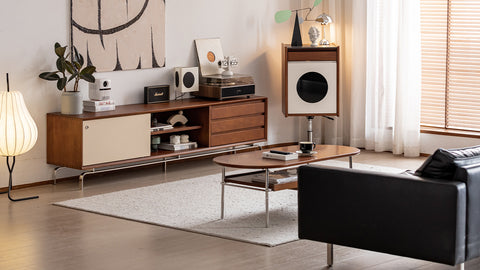
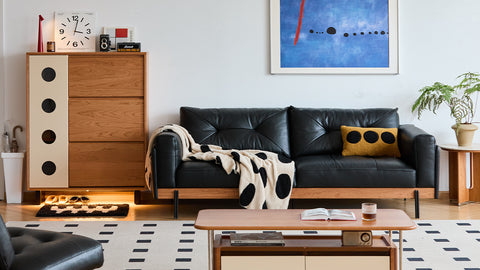
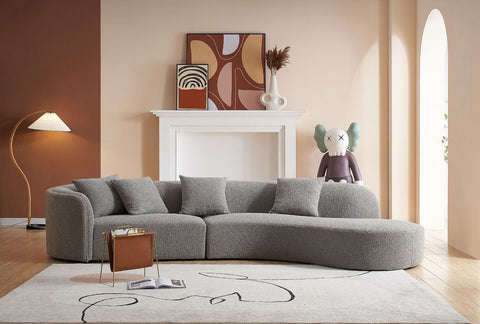
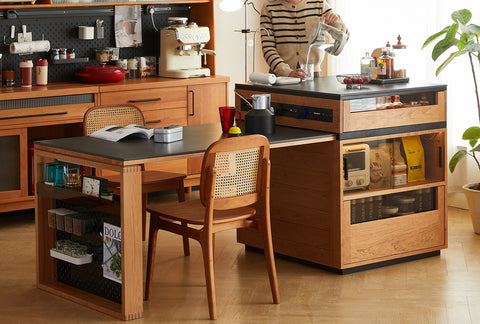
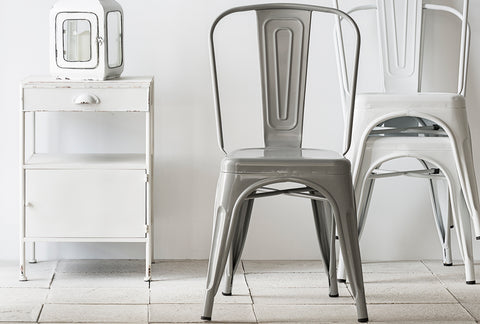
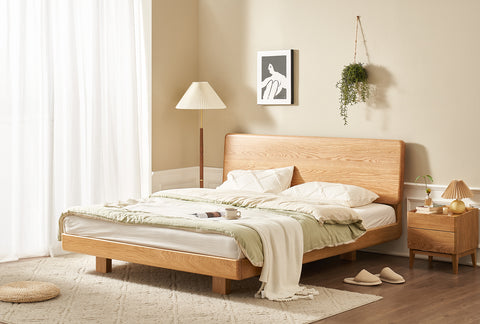
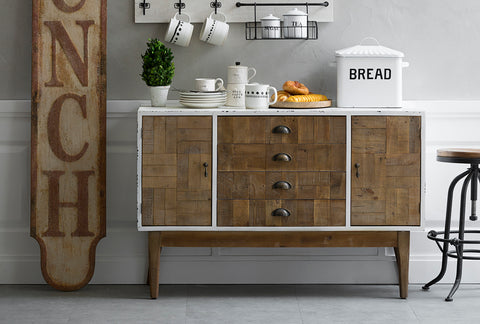




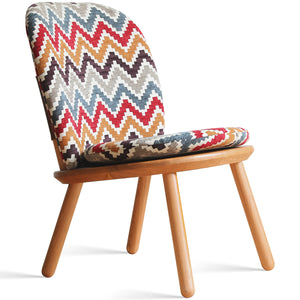
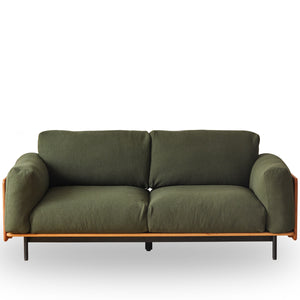

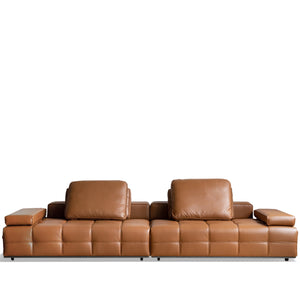
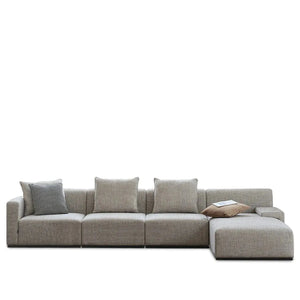
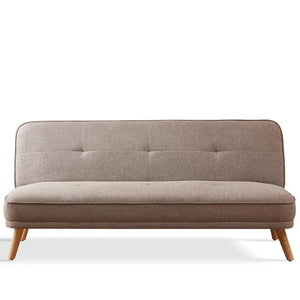
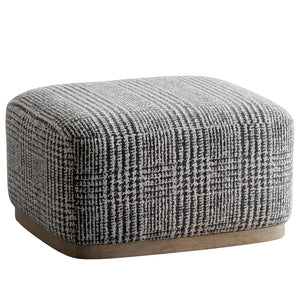
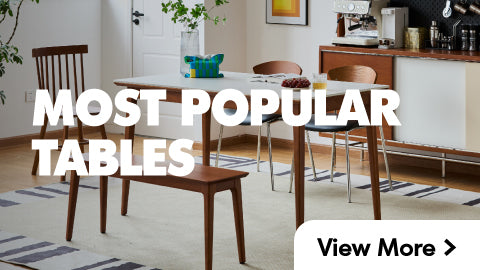
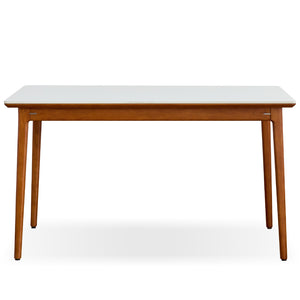

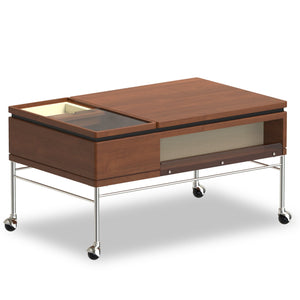
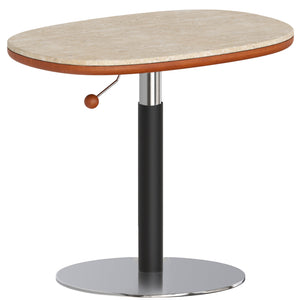
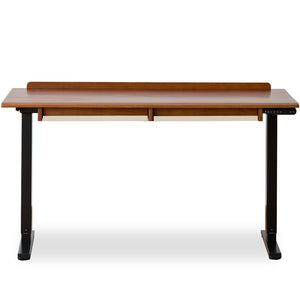

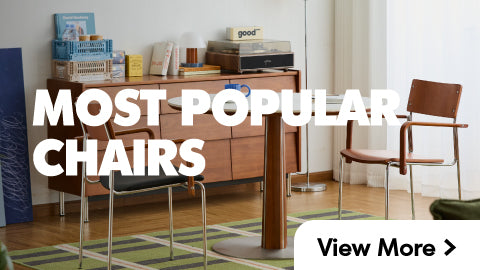
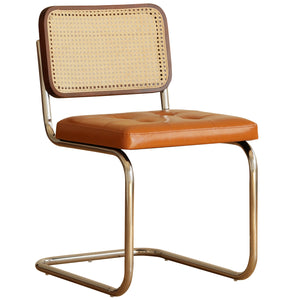
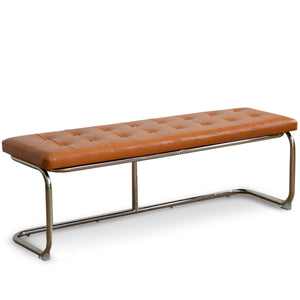
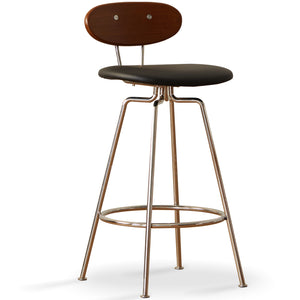
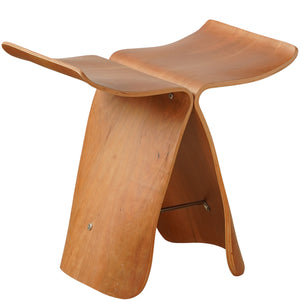
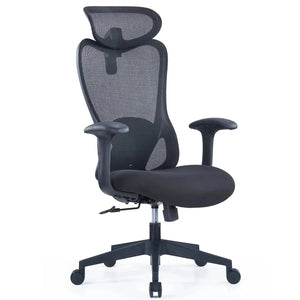
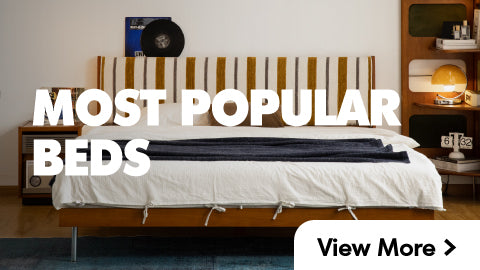
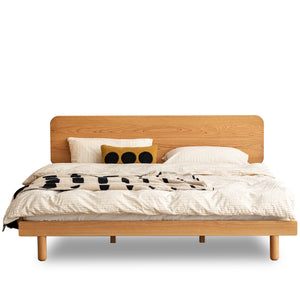
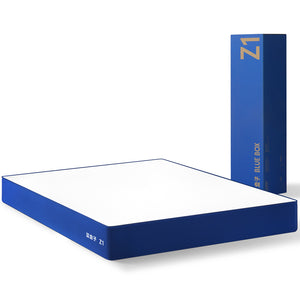
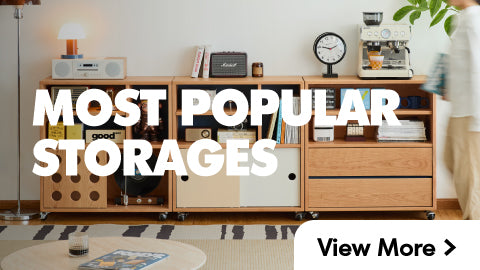
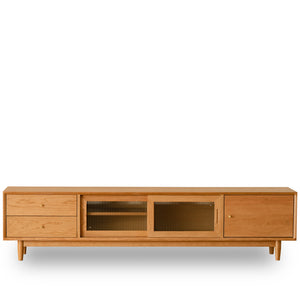
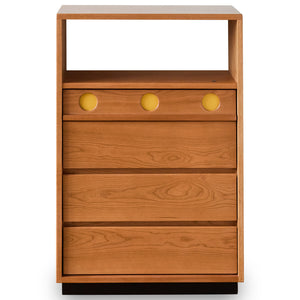
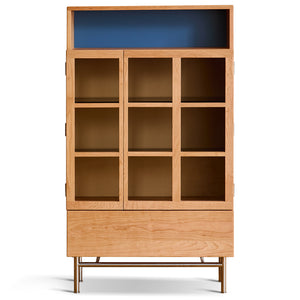

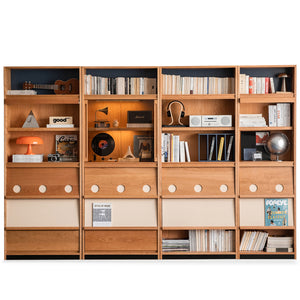


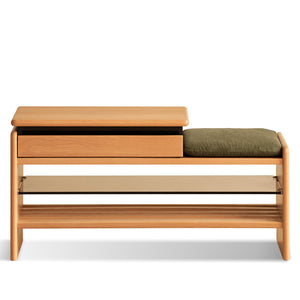
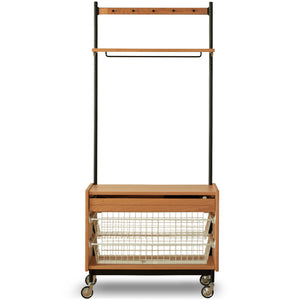
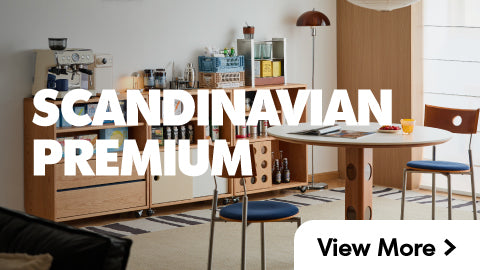






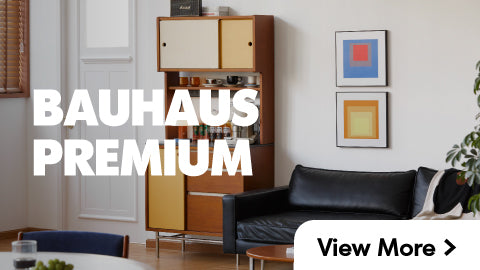














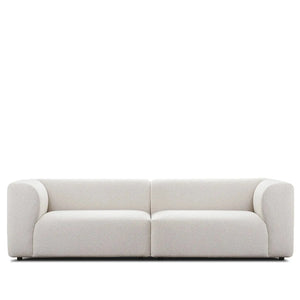





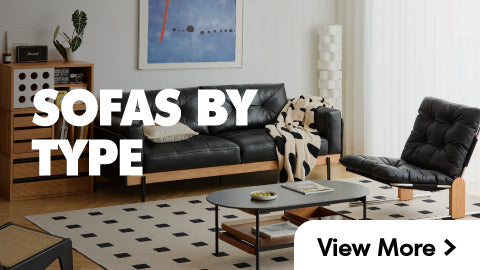
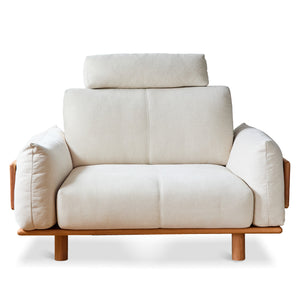
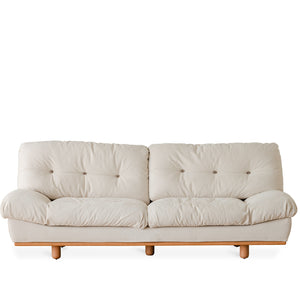
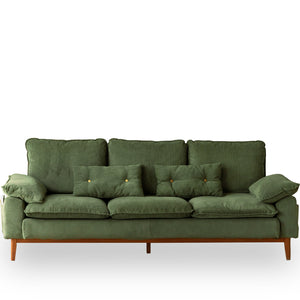
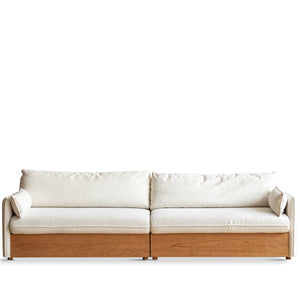
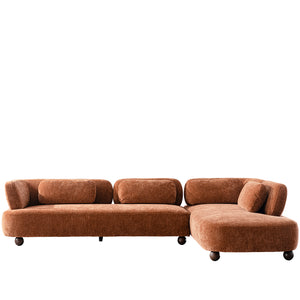
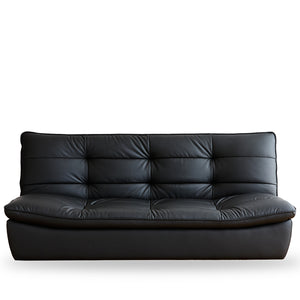

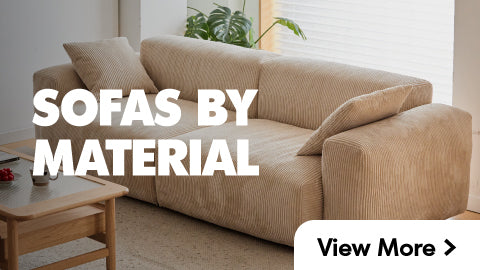
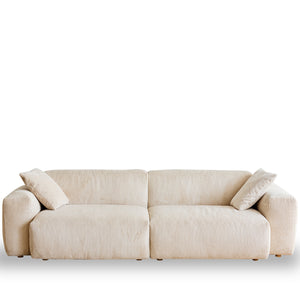

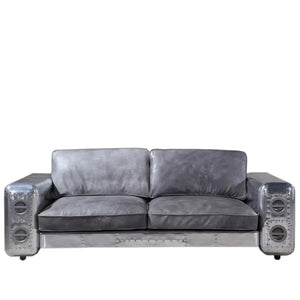
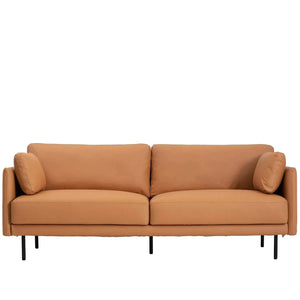
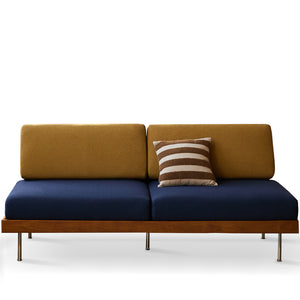

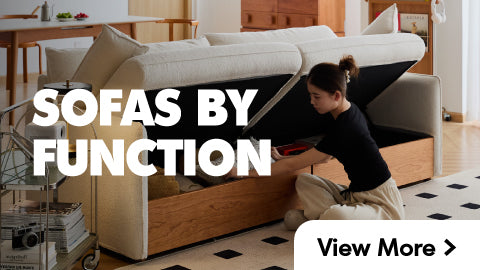

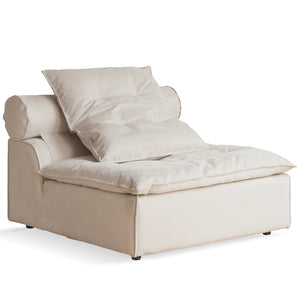
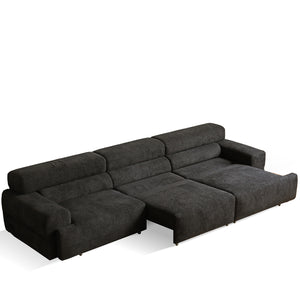
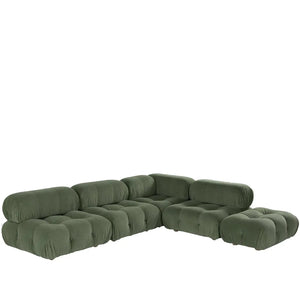
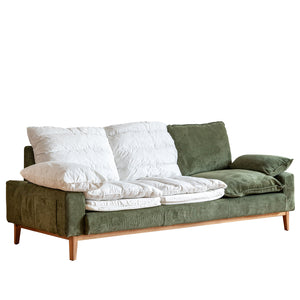
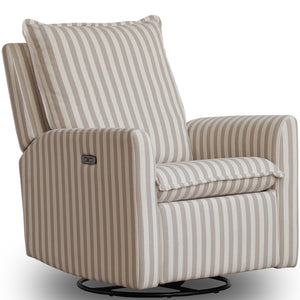
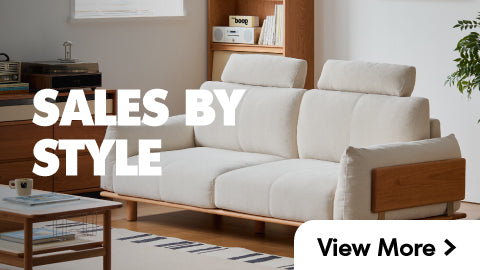
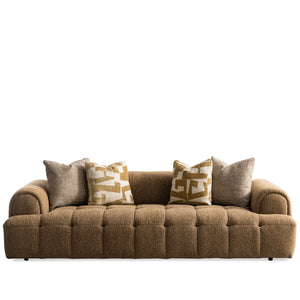
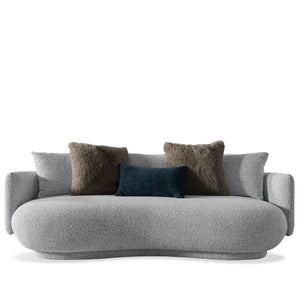

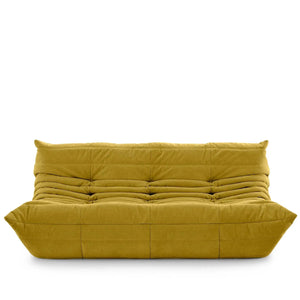
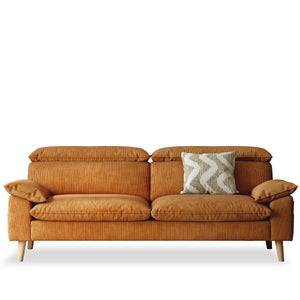
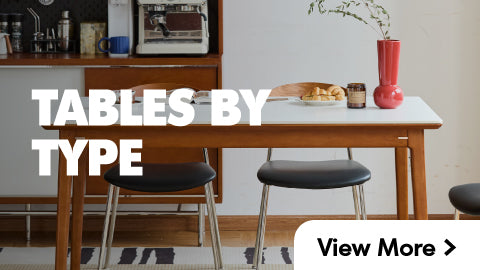

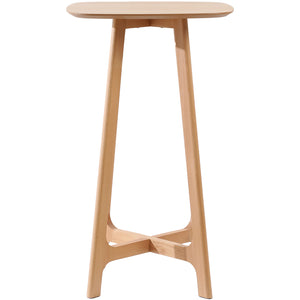
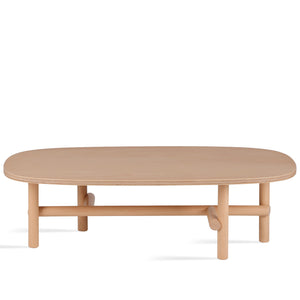
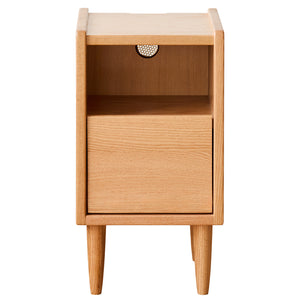
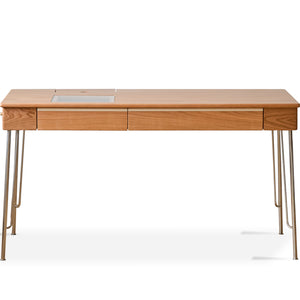
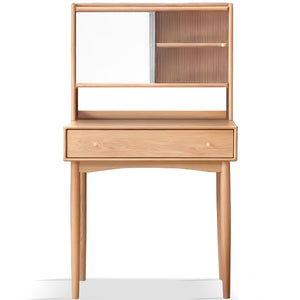


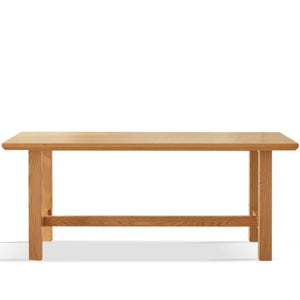
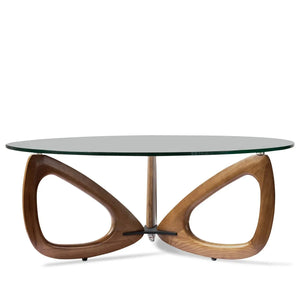

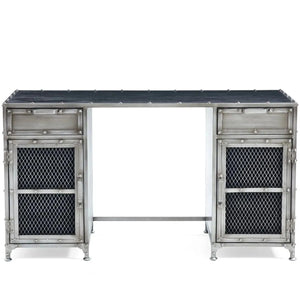
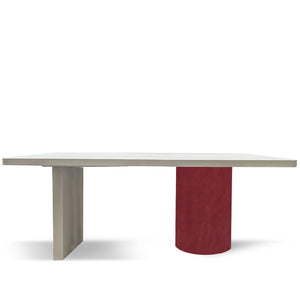

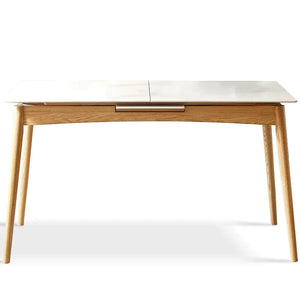
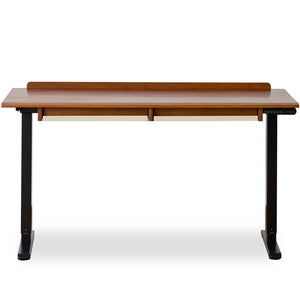
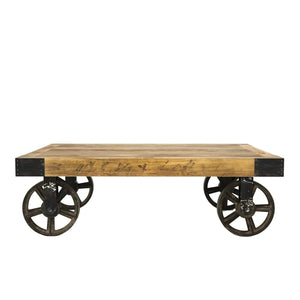
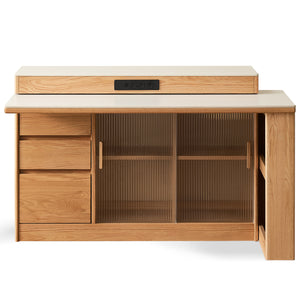
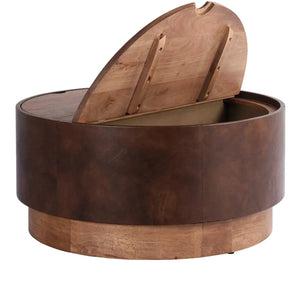
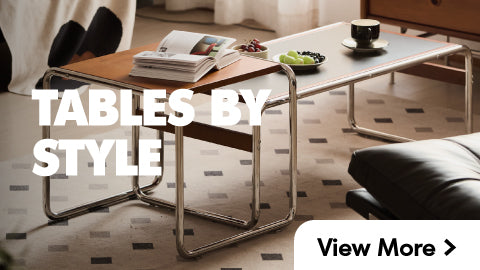
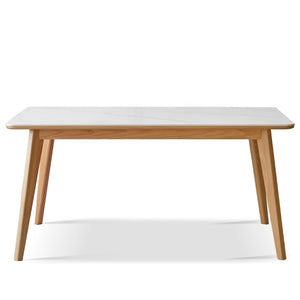
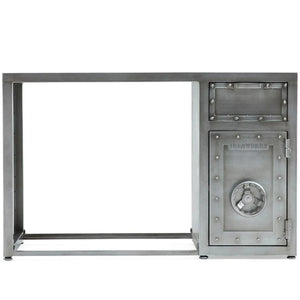
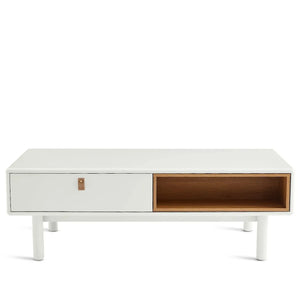
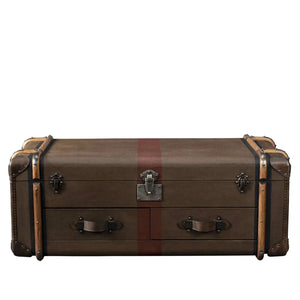
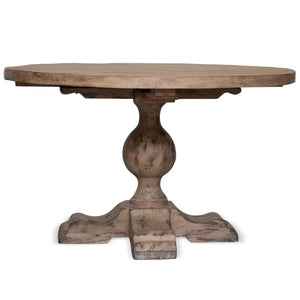

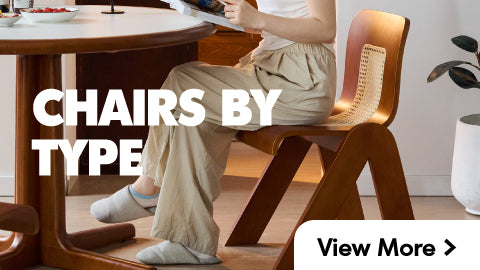
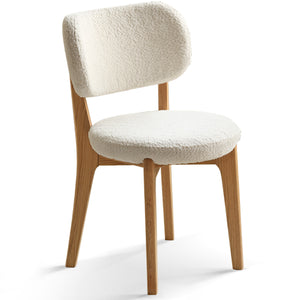
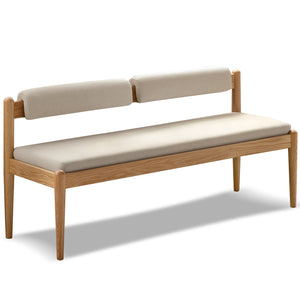
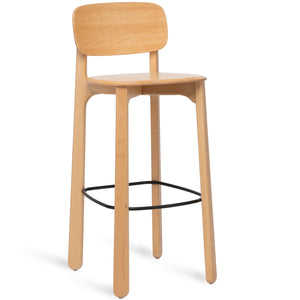
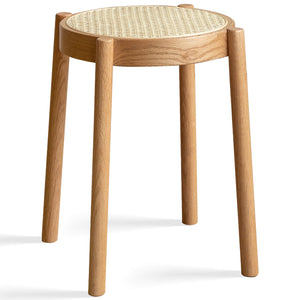
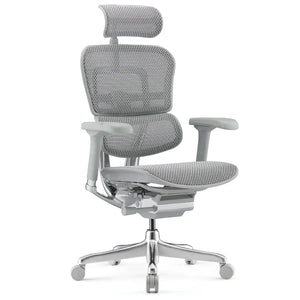
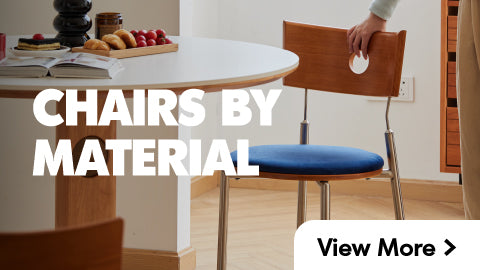
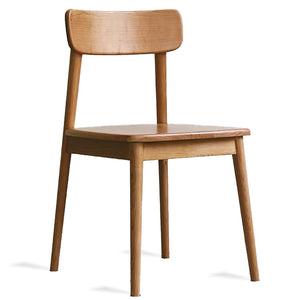
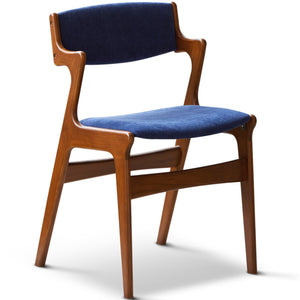

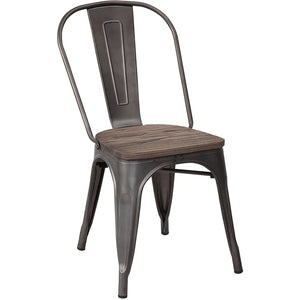
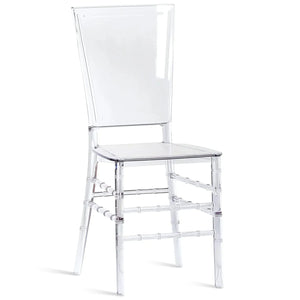
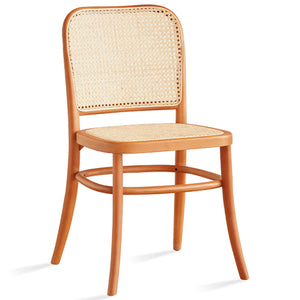
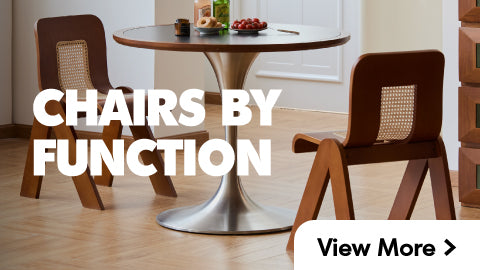


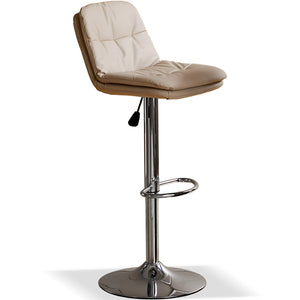

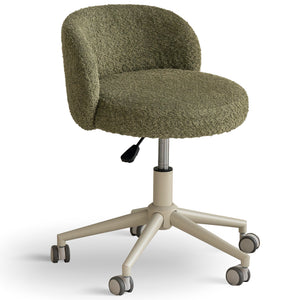
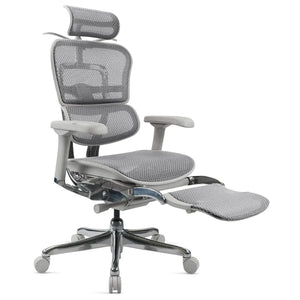
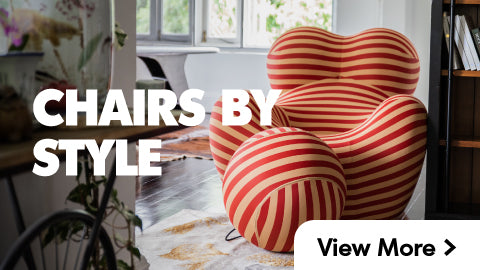
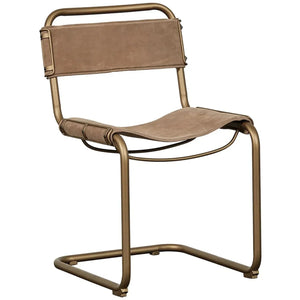
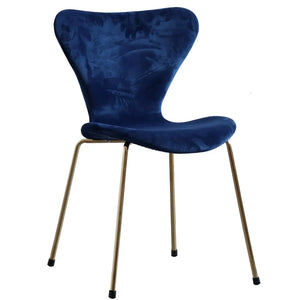
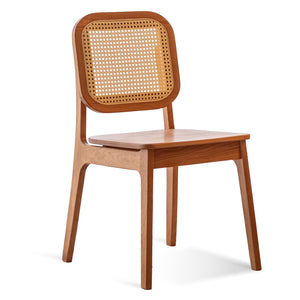
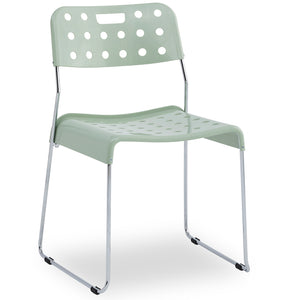
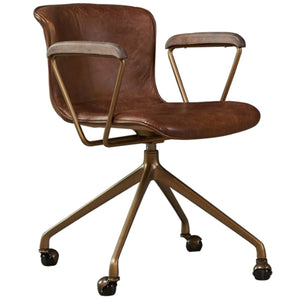

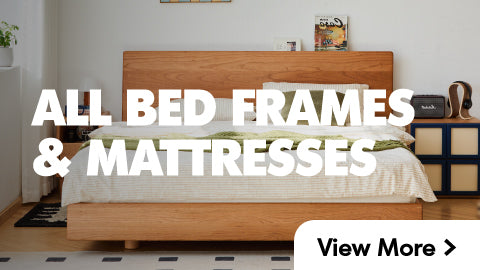
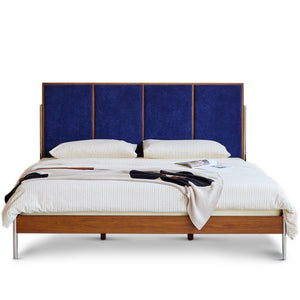
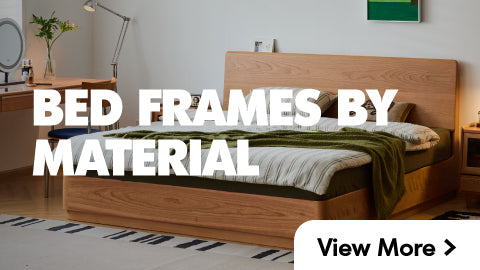
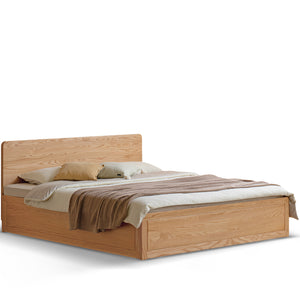
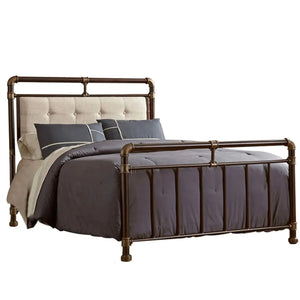
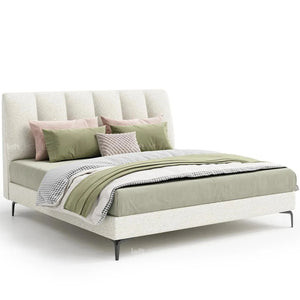
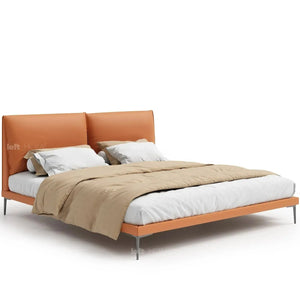
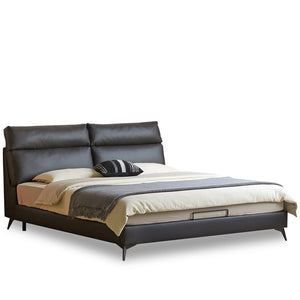
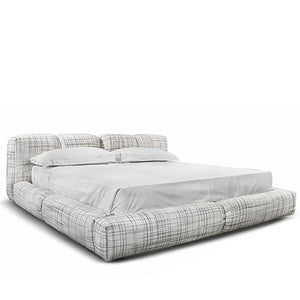

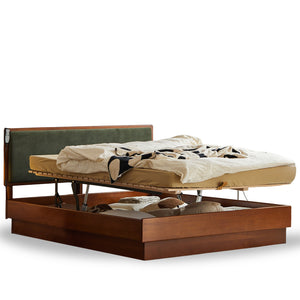
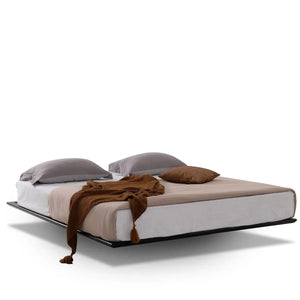
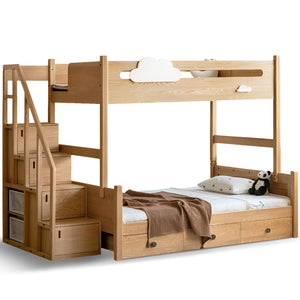
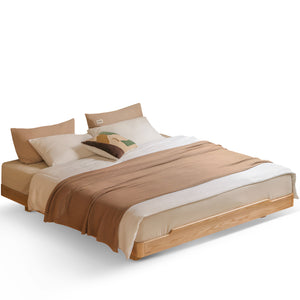

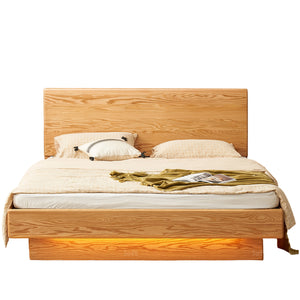

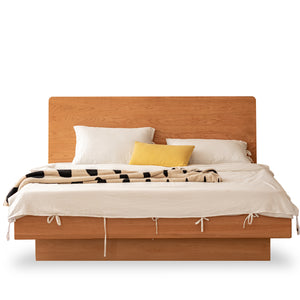
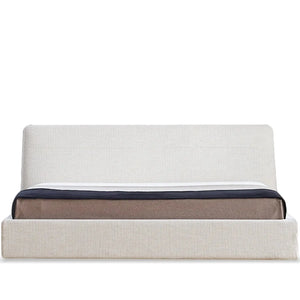


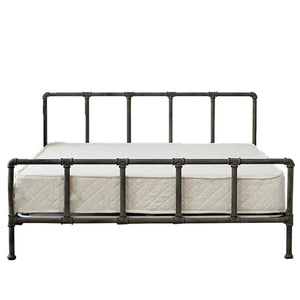
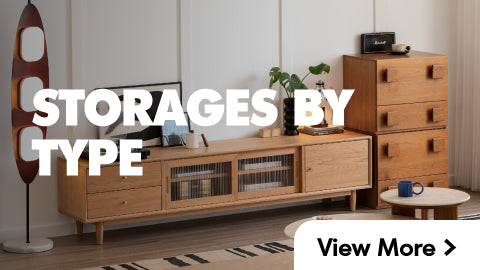
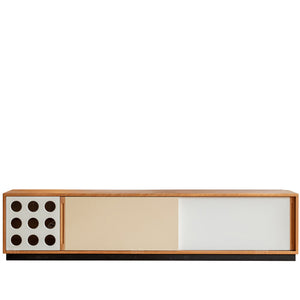

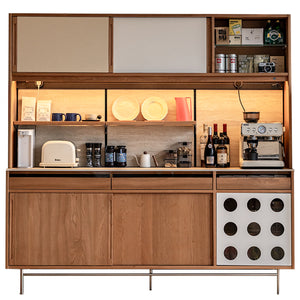
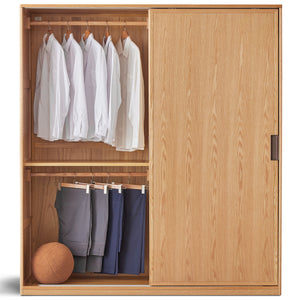
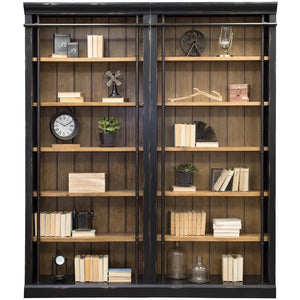
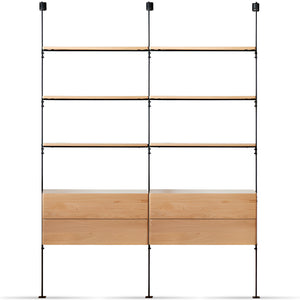
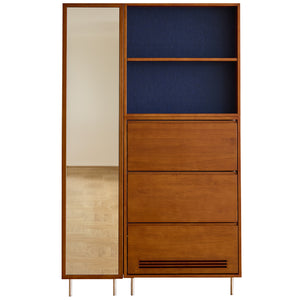
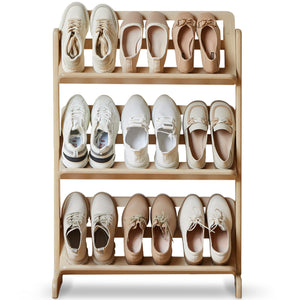
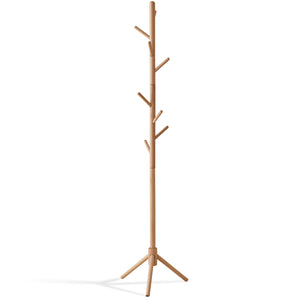
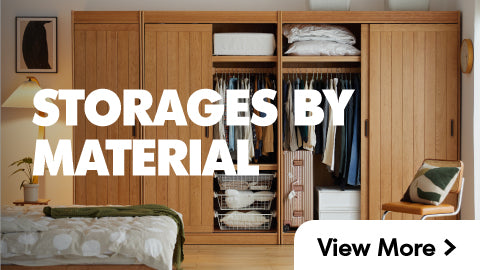
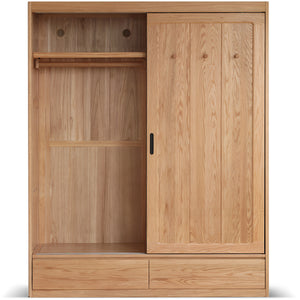
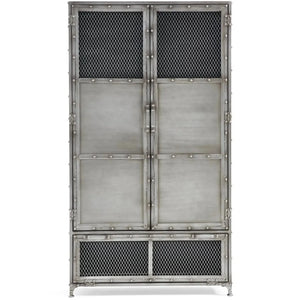
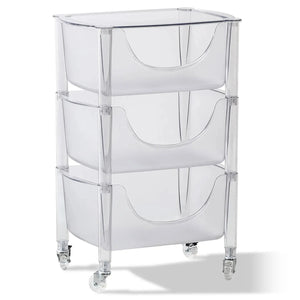

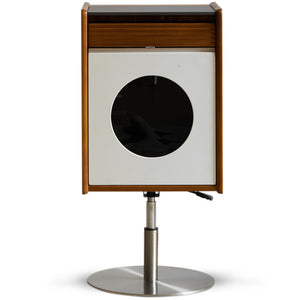
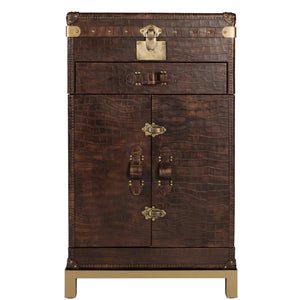
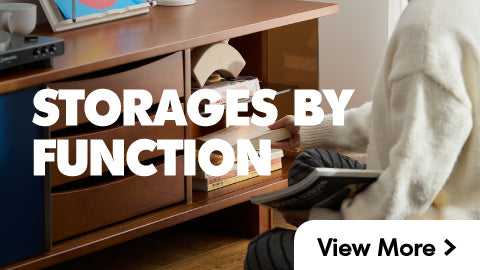

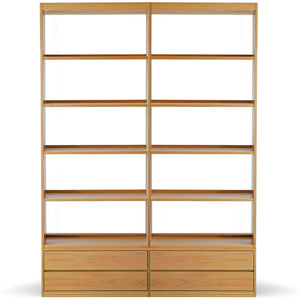
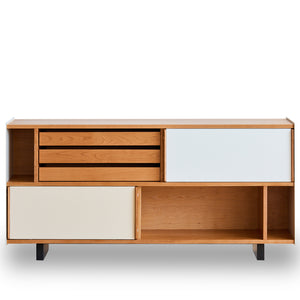
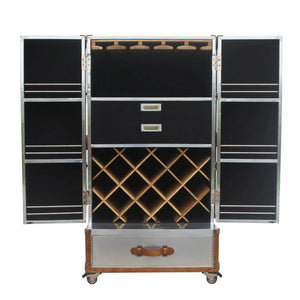
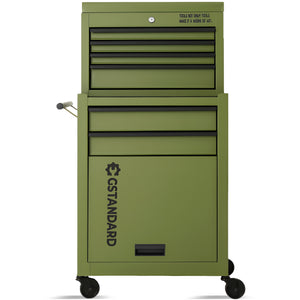
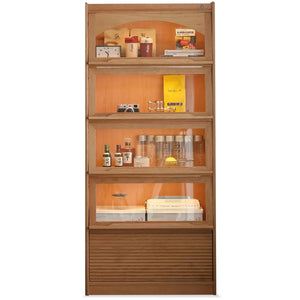
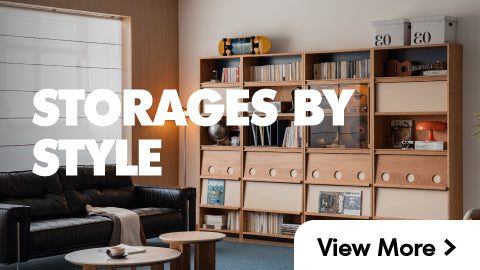
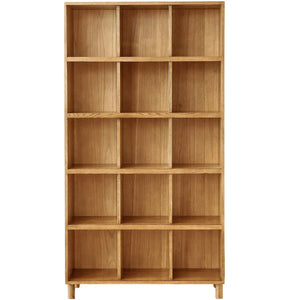
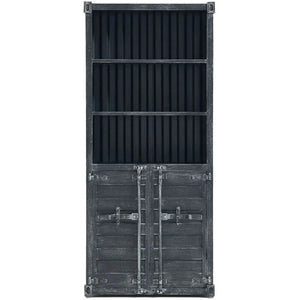
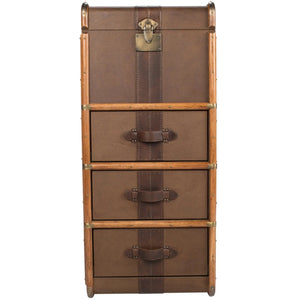
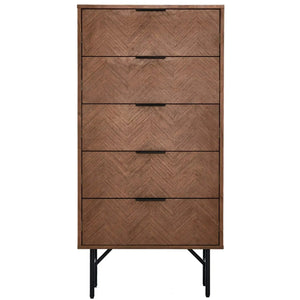
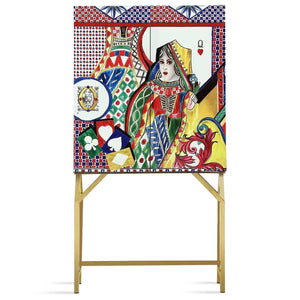
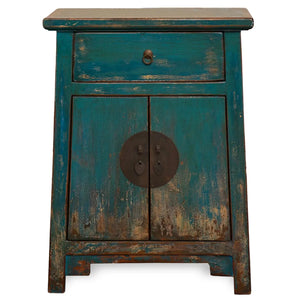


























































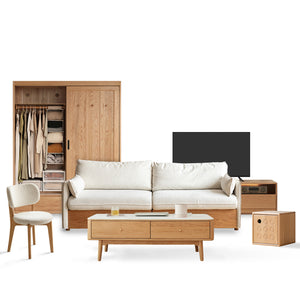
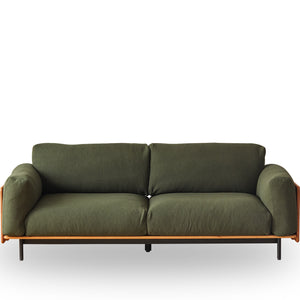
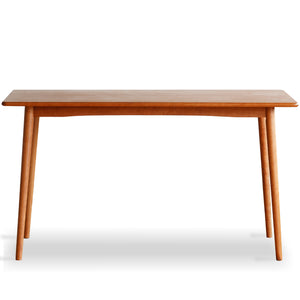
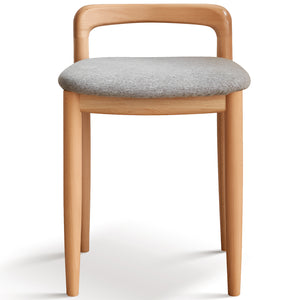
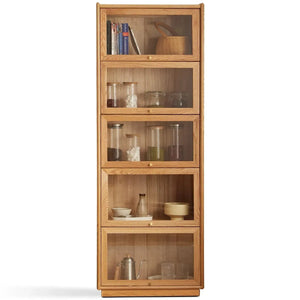
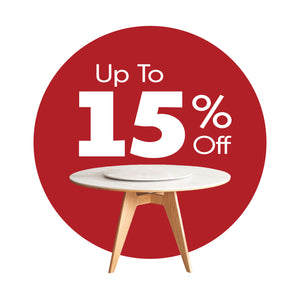

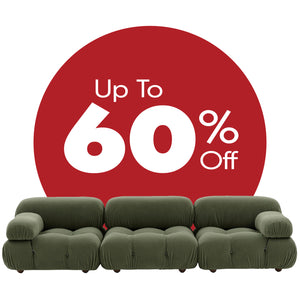
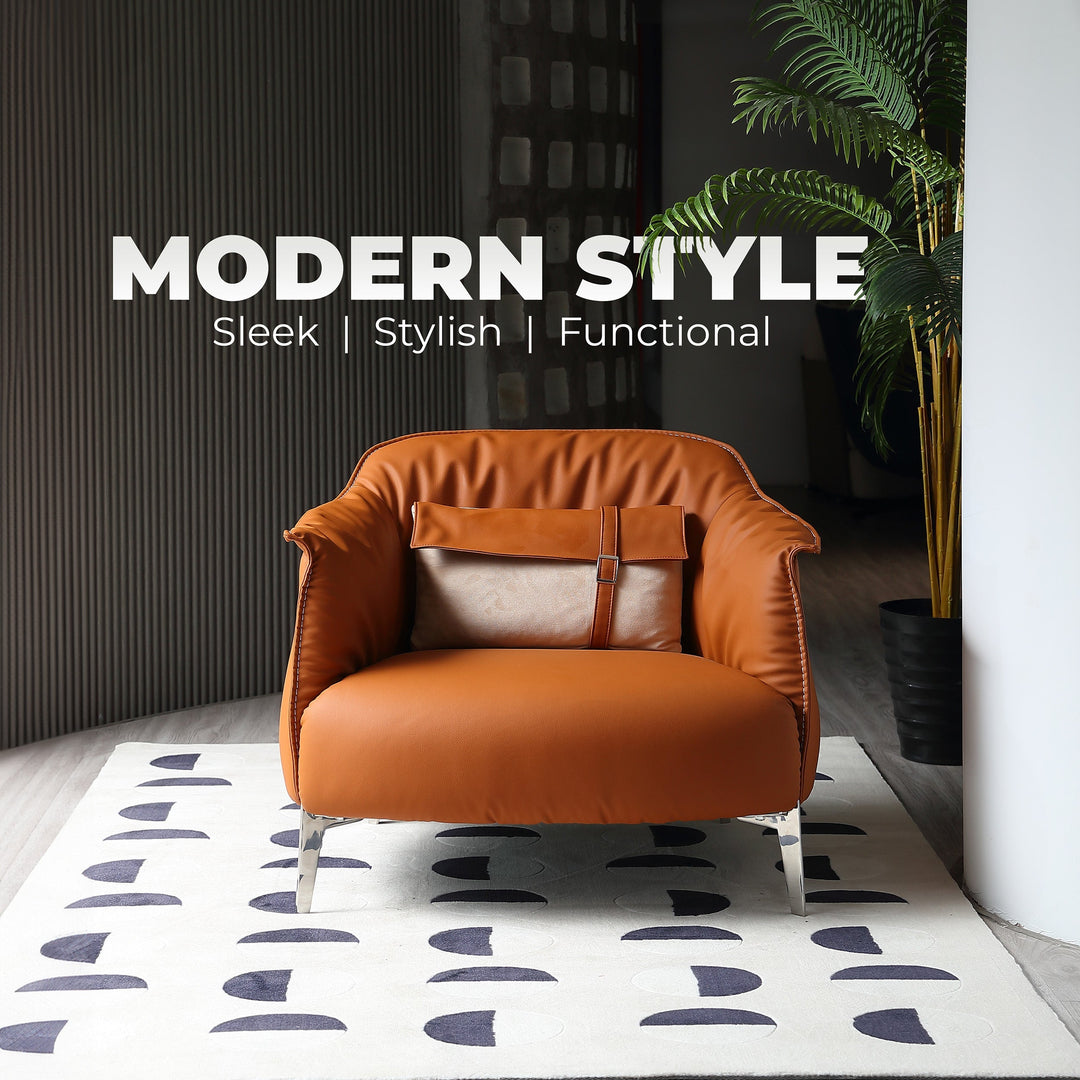
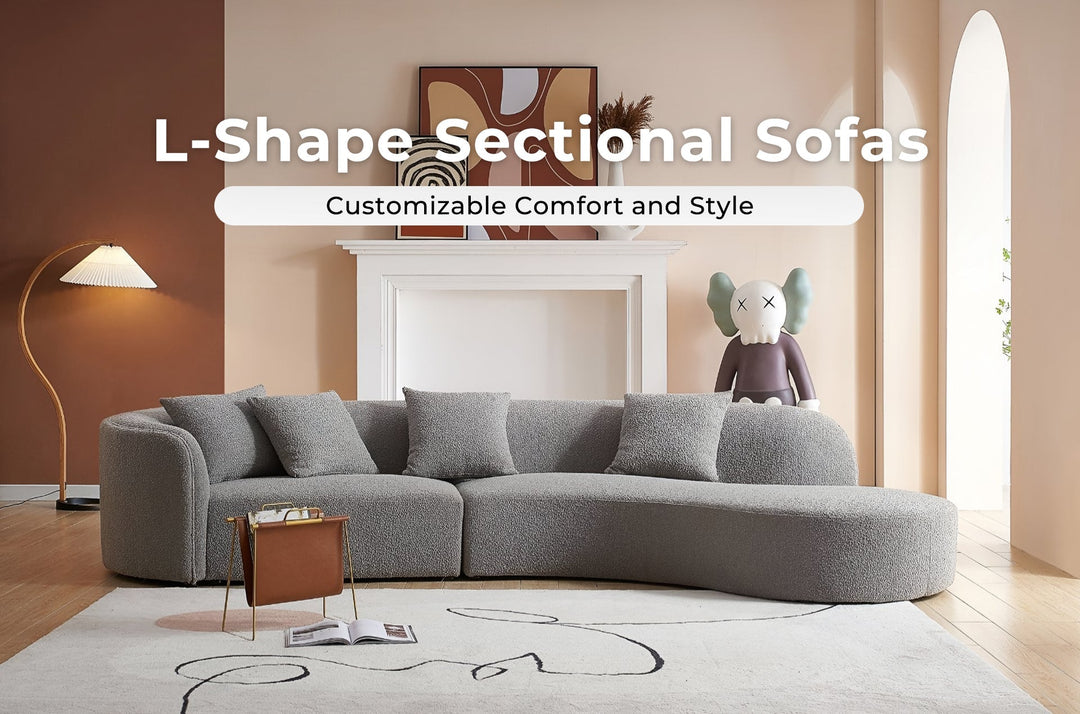

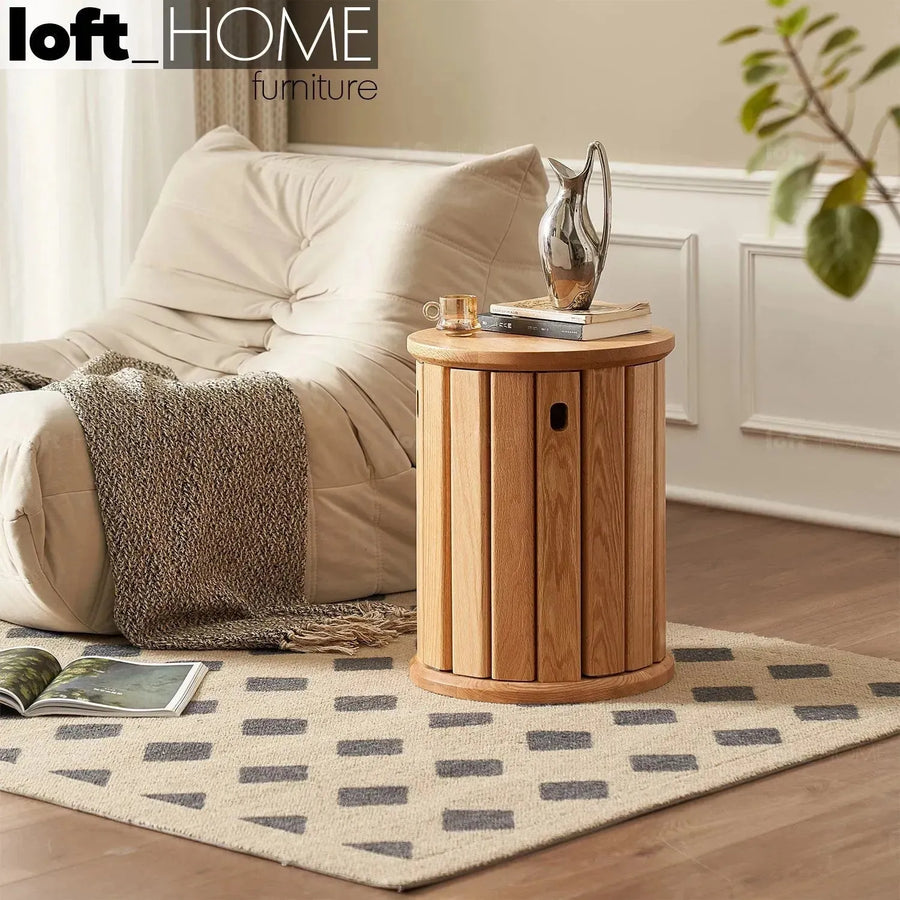
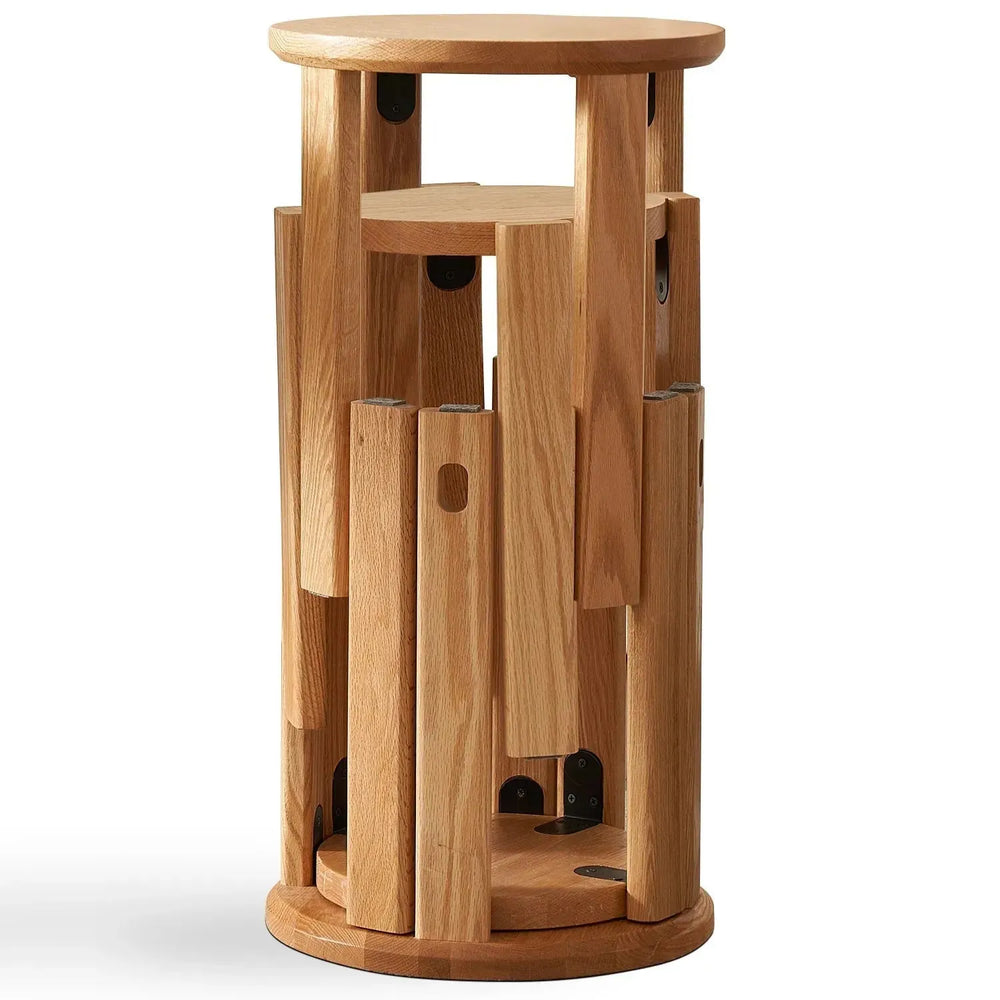



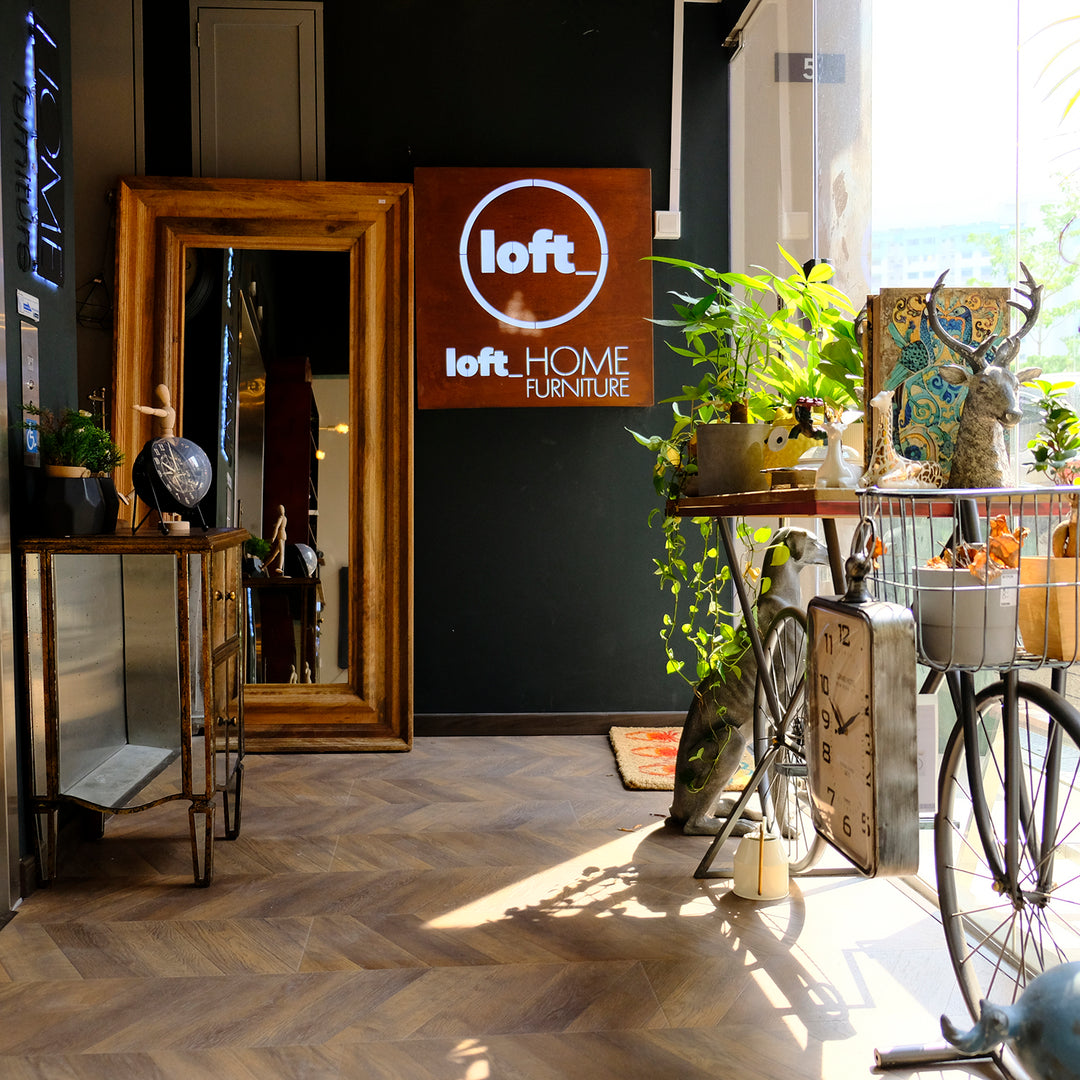
Leave a comment